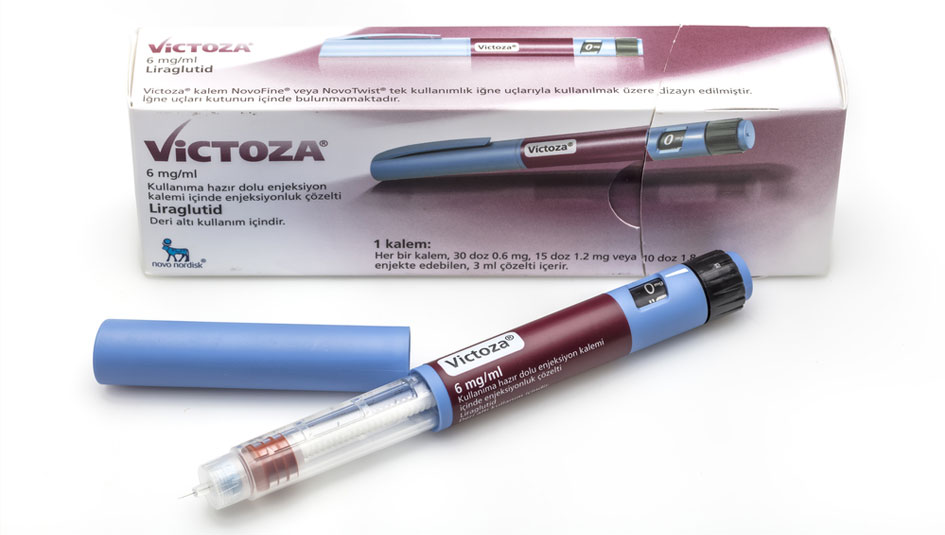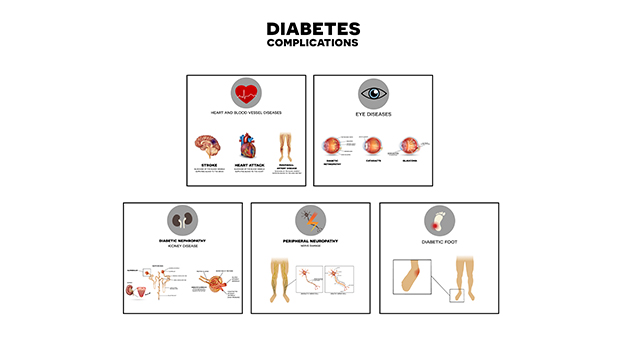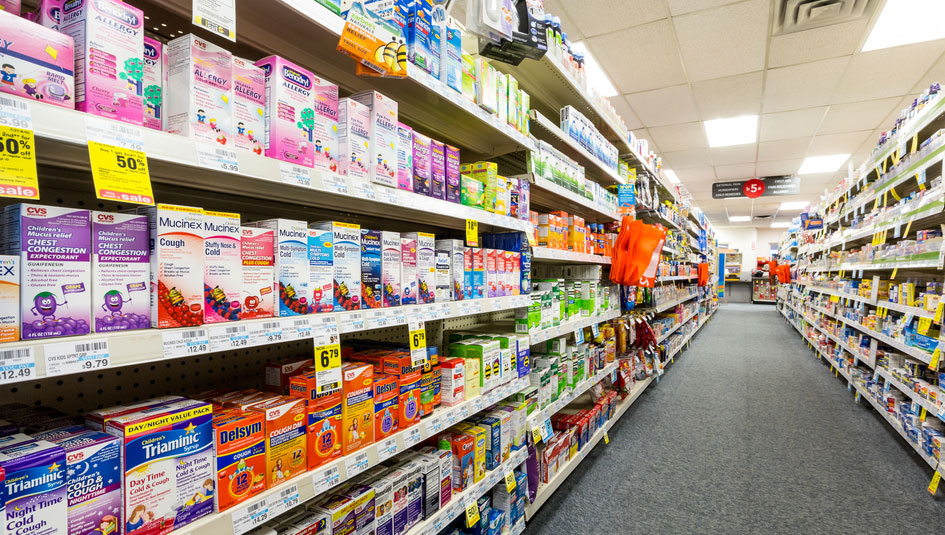Hygieia Rewriting Advanced T2D Care!
It’s not you! Company Makes T2D Insulin Therapy More Effective

We spoke with Eran Bashan, CEO, Co-founder, and Chairman of Hygieia based in Livonia, Michigan. See https://hygieia.com/
App is Small Part of Big Plan
We first thought of Hygieia as an app developer based on their recent 510(k) clearance from the FDA.
The app is very nice and simple to use.
- It connects with all cloud-connected BGMs — TelCare, iGlucose, Livongo — plus, every BGM that connects with the Glooko infrastructure (or BG data can be manually entered)
- It provides insulin dosing recommendations in support of most insulin regimens, including basal, premixed/biphasic, and basal-bolus with or without carbohydrate counting
The app, however, a very small part of the Hygieia plan. For patients who currently have access to the company’s Service, they don’t even charge for it.
Tough Mission
Hygieia is on a mission to provide better care to the millions of people with T2D who take insulin; of which 70% have HbA1c above 7 percent. This is a tough focus since this group rarely sees treatment success and those T2D people with an HbA1c above 10% have a 5-year death rate that is more severe than most types of cancer.
Hygieia notes that its d-Nav® Insulin Guidance Service has a 6-year track record of success in Belfast, Northern Ireland, and with populations as diverse as Birmingham, UK, Minneapolis, MN, Des Moines, IA, and Detroit, MI.
“We’ve used the same formula in all of these markets and in all of these markets it has worked wonders,” said Eran Bashan, CEO of Hygieia
The formula is based on guidance provided by insulin manufacturers, as well as clinical evidence and guidance from the American Diabetes Association (ADA). For most patients, this translates into:
- More insulin; often 3x the common dose first prescribed
- Dosing titration that changes frequently based on tracking BG
The typical Hygieia patient weighs 220 pounds and gets 160-170 units of insulin per day; way above the national average T2D dose of 60 units per day. This partially explains why average HbA1c for patients at the d-Nav Care Centers is 7.1% compared to ~8.5% elsewhere.
Hygieia doesn’t ask for or expect behavior change. They assume that most people with T2D will eat what they eat and live as they live. But, as the ADA states in it’s Standard of Care for Diabetes: “insulin is the only drug that works in a dose-dependent manner.” Therefore, when prescribed the correct insulin dose, most patients will be able to reach their target HbA1c unrelated to their lifestyle choices.
Payer Love
Payers love Hygieia because they get results and save money. These payers include Health and Social Care in Northern Ireland, and BCBS of Michigan. Other payers are currently evaluating the service.
How is this possible?
- Hygieia results are impressive. In Michigan, the average patient HbA1c dropped from 9.4 to 7.7 in three months and then to 7.2 in 9 months. Moreover, 86% of patients opted to continue to use the d-Nav Service beyond the initial nine-month health-economic study — despite driving an average of 33 miles to get to the clinic.
- The eight million people in the US with T2D who take insulin cost payers about $20,000 per person per year. That is $160 billion in total each year.
- Hygieia thinks that 65% of these people would qualify or benefit from its service — adults age 20-75 that manually inject insulin.
- For these 5 million people, Hygieia reduces the $20,000 per person annual cost by $6,000 per person while improving HbA1c significantly. That is $30 billion in potential annual cost savings.
Most of this cost saving comes from simplifying each person’s prescription drug regimen. The ADA Standard of Care says if a person’s HbA1c is above 7.0 the physician should add additional agents such as DPP-4, SGLT-2, GLP-1, and eventually insulin. However, if HbA1c improves many of these expensive drugs can be discontinued. The rest of the cost savings comes from following the insulin affordability task force recommendation of using the least expensive insulin that can be effective for the patient. Older, off-patent insulins usually cost 10% of newer insulins that are still on patent, and when optimized work just as well. Most people end up on insulin alone or insulin plus metformin.

Specialty Clinics are Key
Hygieia provides its services via specialty clinics and phone support. They believe that T2D healthcare is a ‘last mile’ problem that requires a combination of technology and human touch. The clinics are like dialysis centers in focus ― they work strictly with people with T2D that use insulin. An MD supervises each clinic but Medical Assistants and Certified Diabetes Educators provide most of the patient care.
Highly scalable solution.
- In Belfast, Hygieia’s first clinic location now provides care for one-third of all insulin-treated T2D people in the South-Eastern part of Northern Ireland.
- In Michigan, clinics are designed to serve 3,000 to 4,000 patients at each location.
Patient Onboarding and Care
The Hygieia d-Nav Insulin Guidance Service is a specialty-clinic based solution that is paid for by payers. The Service is usually offered to members directly by their health plan, and the d-Nav Care Center team reaches out to these prospects to arrange an appointment.
In Michigan, Hygieia has also had good success getting referrals to its specialty care services from primary care organizations because insulin-treated T2D people are difficult to treat, represent only 2-3% of total patients seen by primary care physicians, and the fees that can be earned are modest despite their frequent visits.
During the patient’s first clinical visit:
- A health baseline is established
- A treatment plan is developed
- The Hygieia app is installed on the patient’s smartphone and the patient is trained in using the app
Setting patient expectations is also a key part of the initial clinical visit. In particular, their insulin dose will likely increase significantly and that it is normal that this dose will vary considerably over time.
Thereafter the patient is called multiple times during the first month to reinforce good use of the app and to reinforce that it is expected that they will use more insulin.
The next clinical visit comes at the end of three months. Most patients have made major progress in HbA1c reduction by then, and patients need modest coaching on the app. Simplifying their drug regimen generally begins at this visit.
Thereafter, each patient comes to the clinic twice per year and has bi-monthly calls with the d-Nav Care Center staff in the interim. These calls are often the frontline in assessing if something is wrong with the patient’s health. If needed, a clinical visit is scheduled and a primary care referral is made.
It’s not your fault
This is the Hygieia mantra. They point out that 70% of overweight or obese people do NOT have T2D. Thus, genetic predisposition and longevity are the biggest drivers in developing T2D. Diet and exercise may delay the onset but for many people, it may not be possible to avoid developing T2D if they live long enough.
This approach is in contrast with common beliefs that changing lifestyle and behavior of people with T2D is the solution. For people with long-term T2D, Hygieia argues that underutilizing insulin is a treatment shortfall that can be changed and improved results will come quickly for most people. Lifestyle choices can be helpful, but they shouldn’t come at the expense of appropriate treatment.
Patient Experience
BCBS of Michigan tracked patient satisfaction with their diabetes treatment at Hygieia clinics. This satisfaction increased from 2.2 at baseline to 3.7 within 3-months on a 4 point scale basis (>92%).
Testimonials
Hygieia often has patients tell them that the d-Nav Service is a life-changing experience.
- “Having the d-Nav and the support of Hygieia has really helped me control my diabetes a lot better and given me a better quality of life”
- “I am a d-Nav user and find it simple to use. It’s like having a doctor with you 24-7 and hypos are a thing of the past.”
- “Since using d-Nav I have definitely seen a marked difference and I would hate to go back to the normal system.”
- “The use of d-Nav has transformed the management of my diabetes. It is now an essential part of my daily routine.”
Video with testimonials from five UK patient interviews:
Company Goals
Hygieia plans to have four clinics operating in the Detroit Metro area by the end of 2019, and one to two additional clinics in western Michigan in 2020. The company expects to have 15 clinics serving 50,000 patients in operation within 2-3 years. Hygieia is currently speaking with other payers to increase geographic coverage of the d-Nav Insulin Guidance Service.
This sounds big, but treating long-term T2D is a formidable national problem.
Hygieia can’t build clinics fast enough to satisfy demand.
For example, there are 70,000 people in the Metro Detroit area alone that could benefit from this service.
This is just the beginning as Hygieia estimates about 5,000,000 people in the US alone could use this service.
Partners Needed
The company needs partners to grow. Big partners. Partners like CVS MinuteClinics (1100 locations), Fresenius Kidney Care (2400 locations), Concentra, Health South, or virtual providers like Teladoc or MDLIVE, etc.
The Hygieia T2D care management model will significantly change advanced T2D care because it improves health outcomes and saves money. With $30 billion in savings in the mix, becoming a Hygieia partner may turn into a race.





